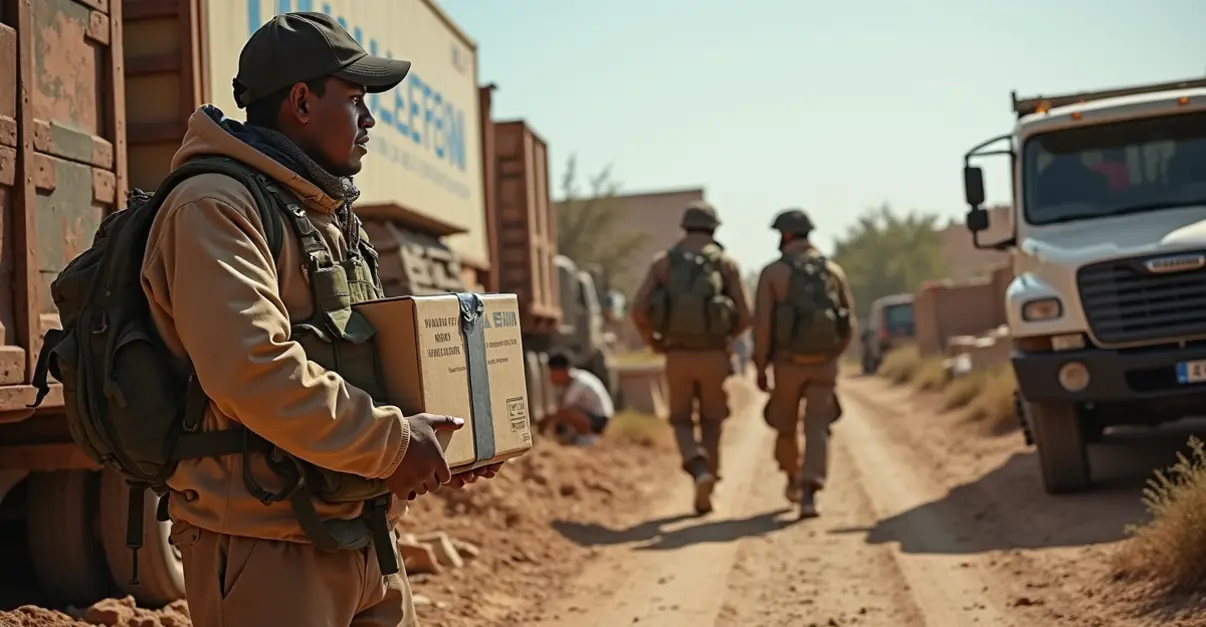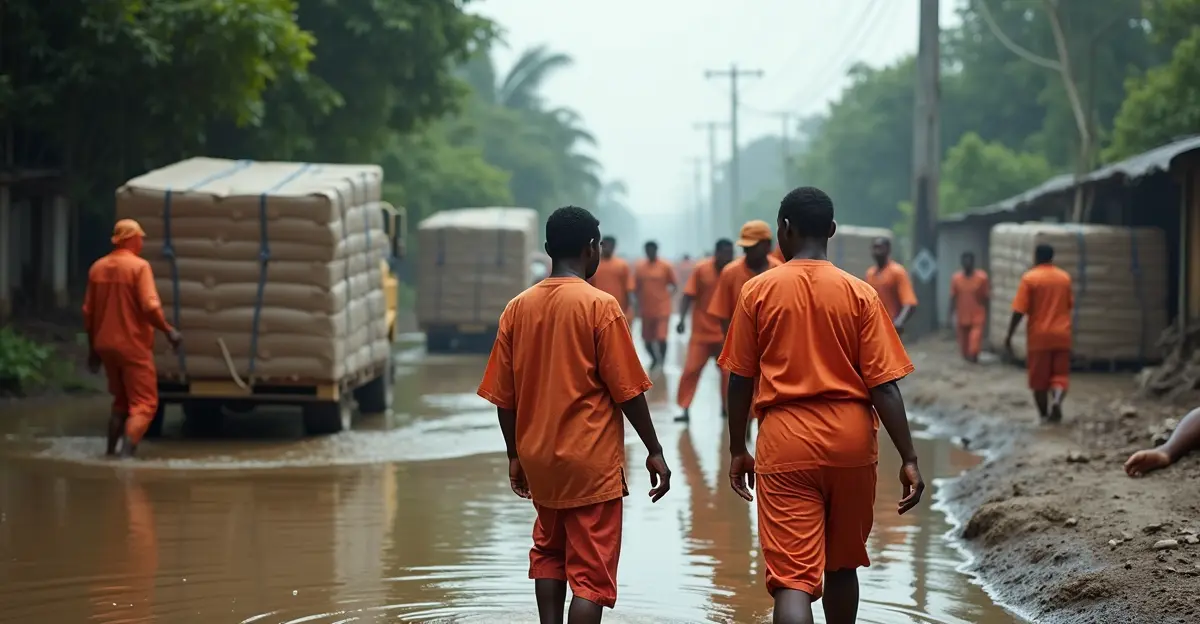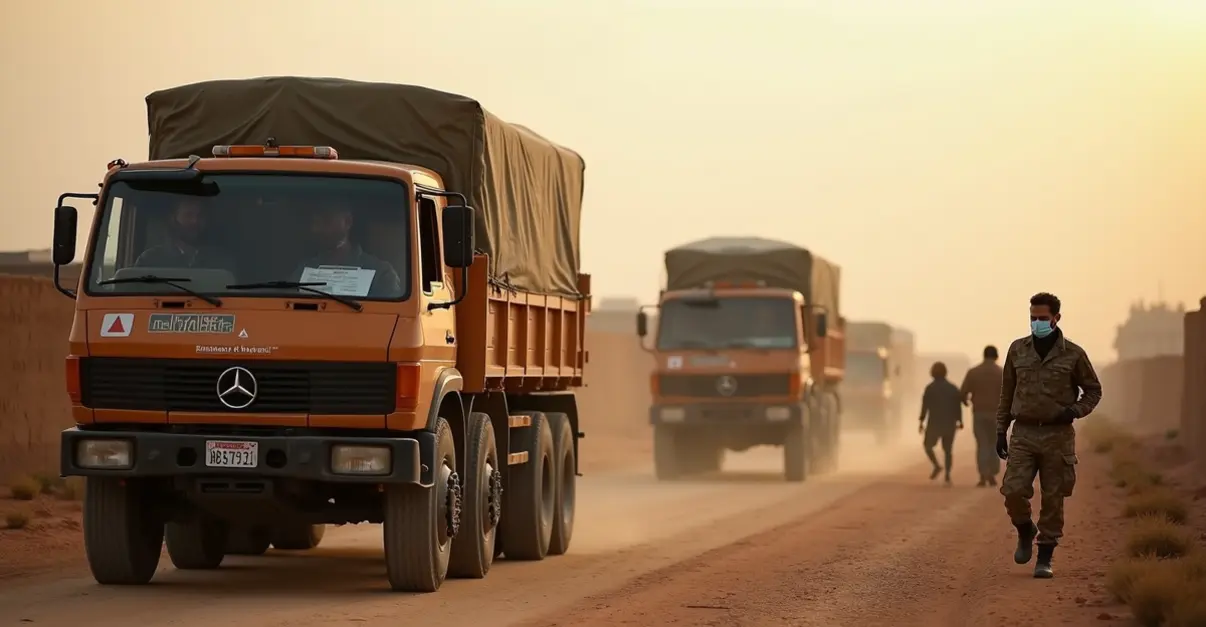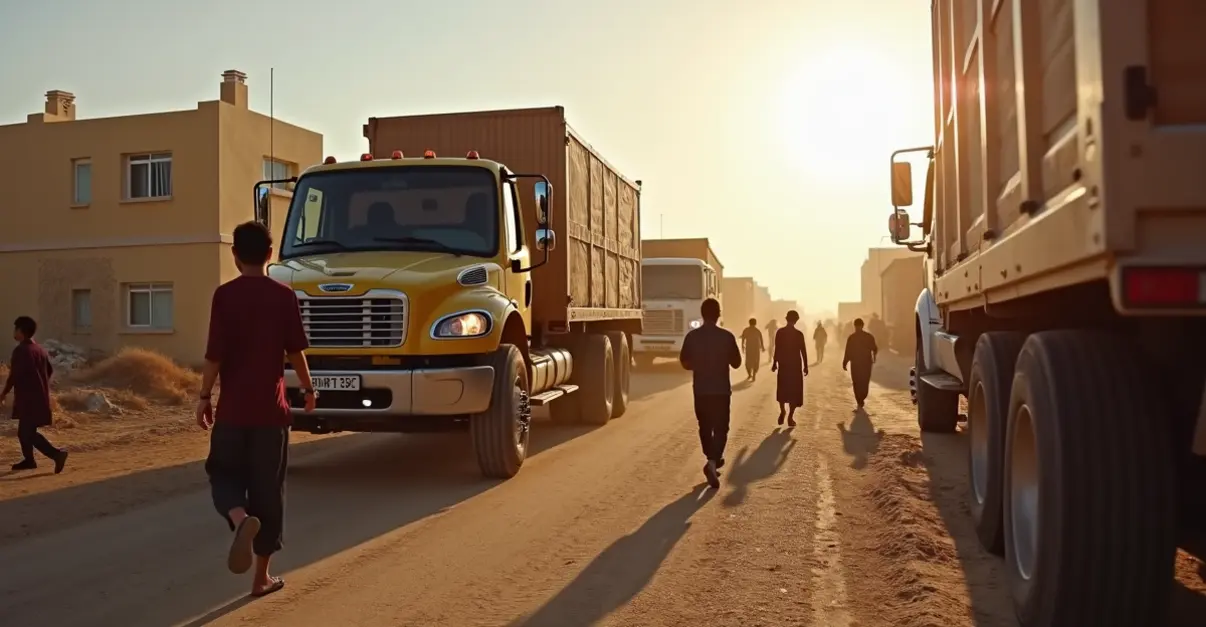International aid convoys face unprecedented security threats and distribution breakdowns in conflict zones. Gaza experiences catastrophic looting of food aid, Sudan sees escalating attacks on humanitarian workers, and systemic challenges prevent effective beneficiary targeting across multiple crisis regions.
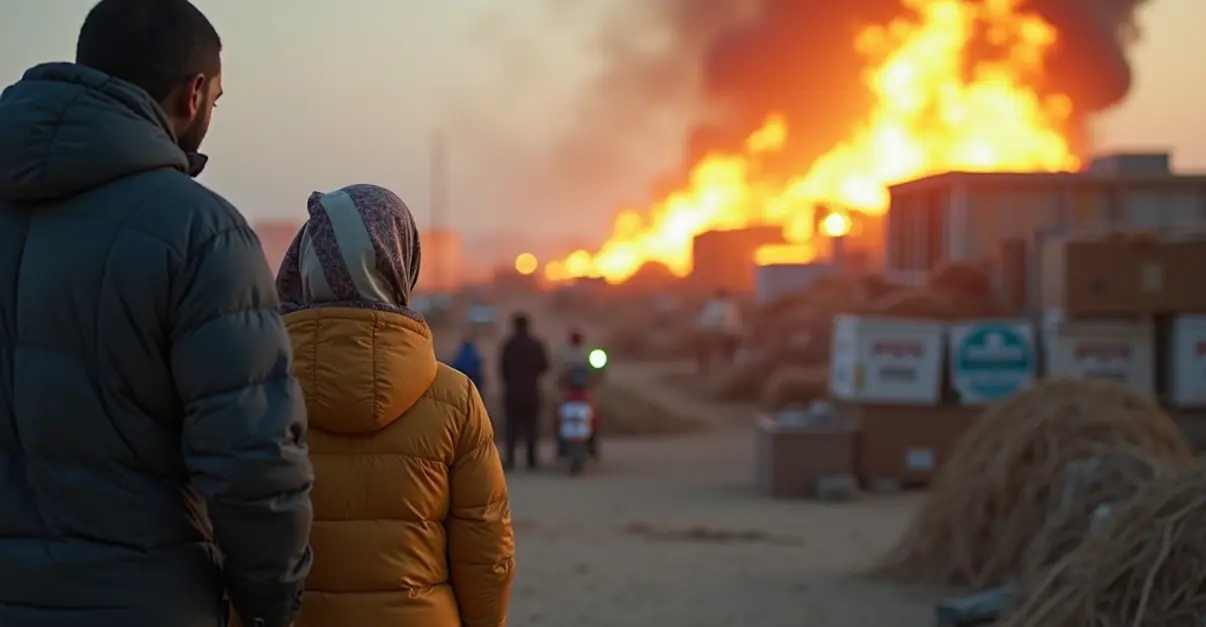
Humanitarian Crisis Deepens as Aid Delivery Faces Unprecedented Challenges
International aid convoys are navigating increasingly dangerous terrain as they attempt to deliver life-saving assistance to conflict zones across the globe. The year 2025 has witnessed a dramatic escalation in security threats against humanitarian workers, with 2024 becoming the deadliest year on record and the trend continuing into the current year.
Gaza: A Case Study in Distribution Breakdown
In Gaza, the humanitarian situation has reached catastrophic levels. According to recent UN reports, food security efforts saw 6,900 metric tons of food aid enter the region, but nearly all was looted or offloaded by desperate crowds, preventing targeted distributions. 'We're facing a complete breakdown in the distribution system,' says Maria Santos, a field coordinator with the World Food Programme. 'When people are starving, they'll do whatever it takes to feed their families, even if it means overwhelming our convoys.'
The nutrition crisis is particularly alarming, with 5,894 children diagnosed with acute malnutrition in early August alone, including 1,840 severe cases. Despite Israel's announcement of humanitarian pauses and safe aid corridors, the reality on the ground remains dire.
Sudan: Security Threats Escalate
In Sudan, the situation is equally concerning. The June 2025 humanitarian access snapshot reveals increased attacks on aid operations, including an attack in North Darfur that killed five humanitarian workers. 'We're operating in an environment where our safety cannot be guaranteed,' explains Ahmed Hassan, a logistics officer with Médecins Sans Frontières. 'Every convoy movement requires extensive security coordination and constant risk assessment.'
The United Nations Department of Safety and Security has been working to secure critical cross-border deliveries, with recent operations involving 9 trucks traveling 1,380 kilometers through volatile regions.
Systemic Challenges in Beneficiary Targeting
The core challenge facing aid organizations is the breakdown in beneficiary targeting systems. When distribution mechanisms fail, aid often fails to reach the most vulnerable populations. 'We're seeing a shift from state-led security to complete chaos in many areas,' notes Dr. Sarah Chen, a humanitarian policy expert. 'The traditional models of aid distribution are collapsing under the weight of these crises.'
In Afghanistan, the situation remains precarious, with humanitarian operations facing severe restrictions and security threats from various armed groups. The Taliban's imposition of rules has drastically limited women's access to aid, creating additional barriers to effective distribution.
Innovative Solutions and Future Outlook
Humanitarian organizations are exploring new approaches to overcome these challenges. Some are implementing digital registration systems, while others are developing community-based distribution networks. However, experts warn that without improved security arrangements and political solutions to underlying conflicts, the humanitarian crisis will continue to deepen.
'We need a fundamental rethink of how we deliver aid in conflict zones,' concludes Santos. 'The old methods aren't working anymore, and people are paying the price with their lives.'

 Nederlands
Nederlands
 English
English
 Deutsch
Deutsch
 Français
Français
 Español
Español
 Português
Português





